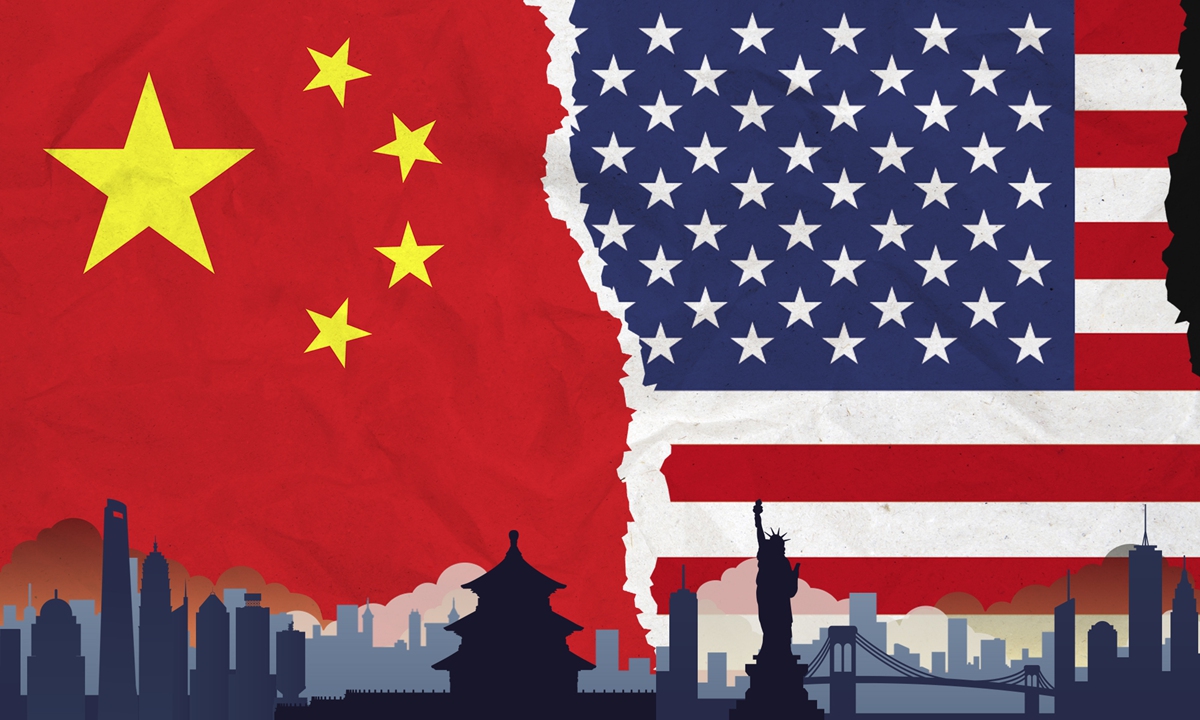Amidst all the geopolitical and trade tensions, it’s quite evident that the relationship between the United States and China holds unparalleled significance. As tensions between the two global giants escalate, the question arises: can they set aside their differences, specifically in the realm of trade, to safeguard the world economy? China’s Premier Li Qiang’s recent warning to US officials about the perils of “politicizing” trade issues underscores the gravity of this challenge. Amidst this backdrop, the ongoing four-day visit by US Commerce Secretary Gina Raimondo to China becomes a pivotal moment. Is it possible for the two economic behemoths to strike a balance between their national interests and the global economic welfare?
The economic dance between the US and China has transformed into a contentious tango. Washington contends that its trade curbs are indispensable for national security, while Beijing perceives them as a veiled attempt to stymie its ascent on the global economic stage. Premier Li Qiang’s assertion that “politicizing economic and trade issues and overstretching the concept of security” could spell disaster for bilateral relations and the global economy strikes at the heart of the matter. With trade restrictions driving a wedge between the two powers, finding common ground becomes imperative.
The decline in US-China relations has reached depths unseen in decades, with trade tensions at the forefront of the discord. President Biden’s recent executive order targeting certain investments in China’s sensitive high-tech sectors was met with condemnation from Beijing, who labeled it “anti-globalization.” This move, expected to roll out in the near future, zeroes in on industries like semiconductors and artificial intelligence. Premier Li’s call for cooperation and trust-building might seem idealistic, but it’s a necessary step towards diffusing the tensions.
In a world brimming with global challenges, open communication holds the potential to be a lifeline. Commerce Secretary Raimondo’s emphasis on dialogue as she met with Premier Li resonates with this approach. Highlighting common concerns such as climate change, artificial intelligence, and pressing issues like fentanyl addiction, she articulated the desire for collaboration on a global scale. This willingness to come together, even while highlighting disparities, reflects a path towards problem-solving that could ease the trade standoff.
Both the US and China possess the ability to shape the global economy significantly. Their commercial relationship is undeniably consequential, and managing it responsibly is essential. While the US asserts its commitment to national security, it also seeks to ensure fairness for its companies and workers. Commerce Secretary Raimondo’s clarification that the US aims to maintain its $700 billion commercial relationship with China presents an opportunity to chart a middle ground. Balancing security and economic interdependence is a daunting task, but not an insurmountable one.
The ongoing dialogue between Commerce Secretary Raimondo and Chinese officials is indicative of a broader effort by both countries to navigate their complex relationship. Setting up a working group to address trade disputes and establishing a platform for information exchange, as agreed upon between Raimondo and Commerce Minister Wang Wentao, showcases a willingness to overcome miscommunication. The concerns raised by both sides, from Section 301 tariffs to investment restrictions, must be addressed with a sense of responsibility for global economic stability.
The United States and China, as titans of global economy, stand at a crossroads. The chasm between their trade policies and perceptions may appear insurmountable, but it’s not the first time the world has seen economic giants clash. The history of global commerce is replete with instances of cooperation following confrontation. The challenges of today demand innovative solutions, where both nations recognize the potential consequences of their actions on the world stage. Premier Li’s warning about the “disastrous impact on the global economy” is a stark reminder of what’s at stake. The question remains: can the US and China find common ground to bridge their differences for the prosperity of all? The answer could determine the trajectory of the global economy for years to come.
















